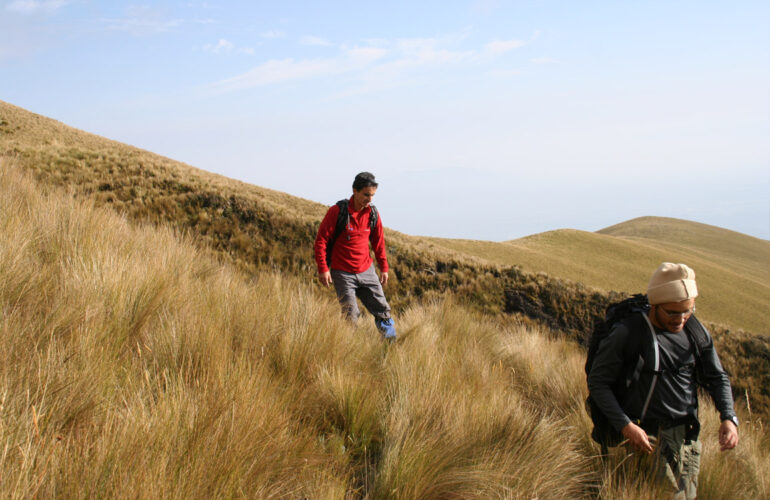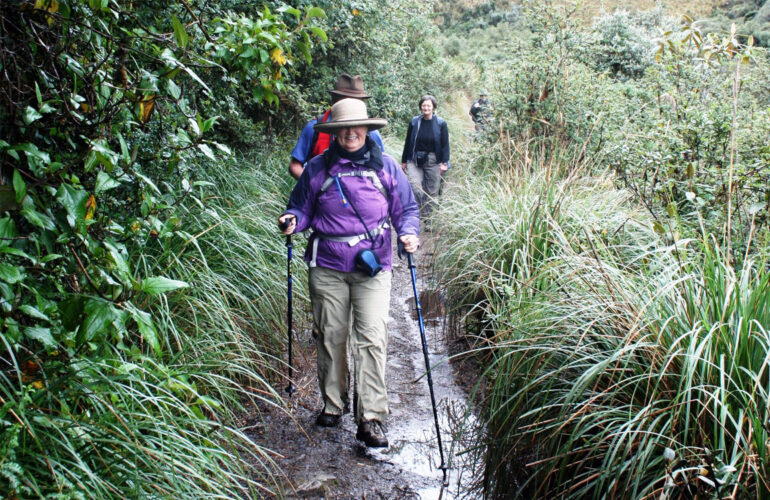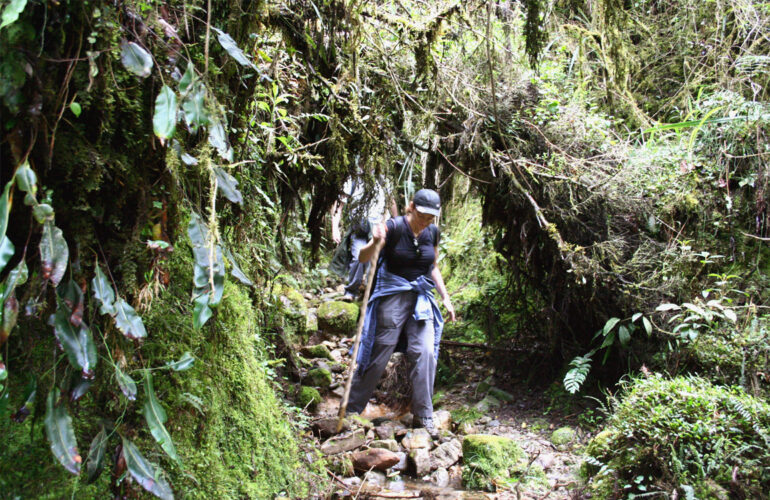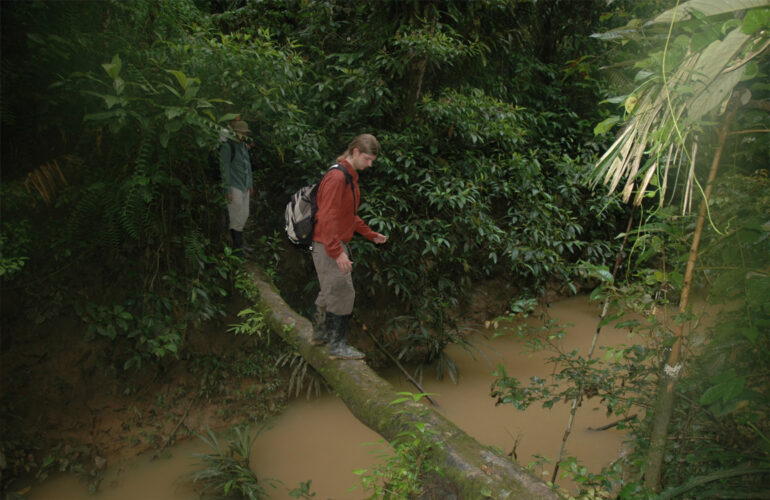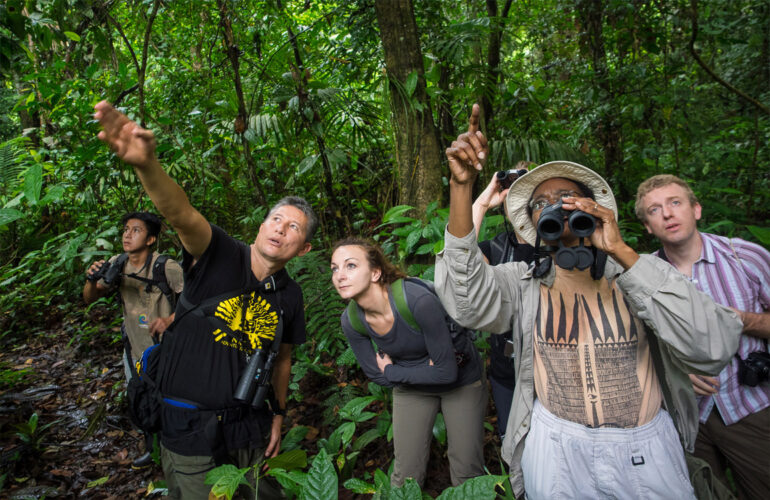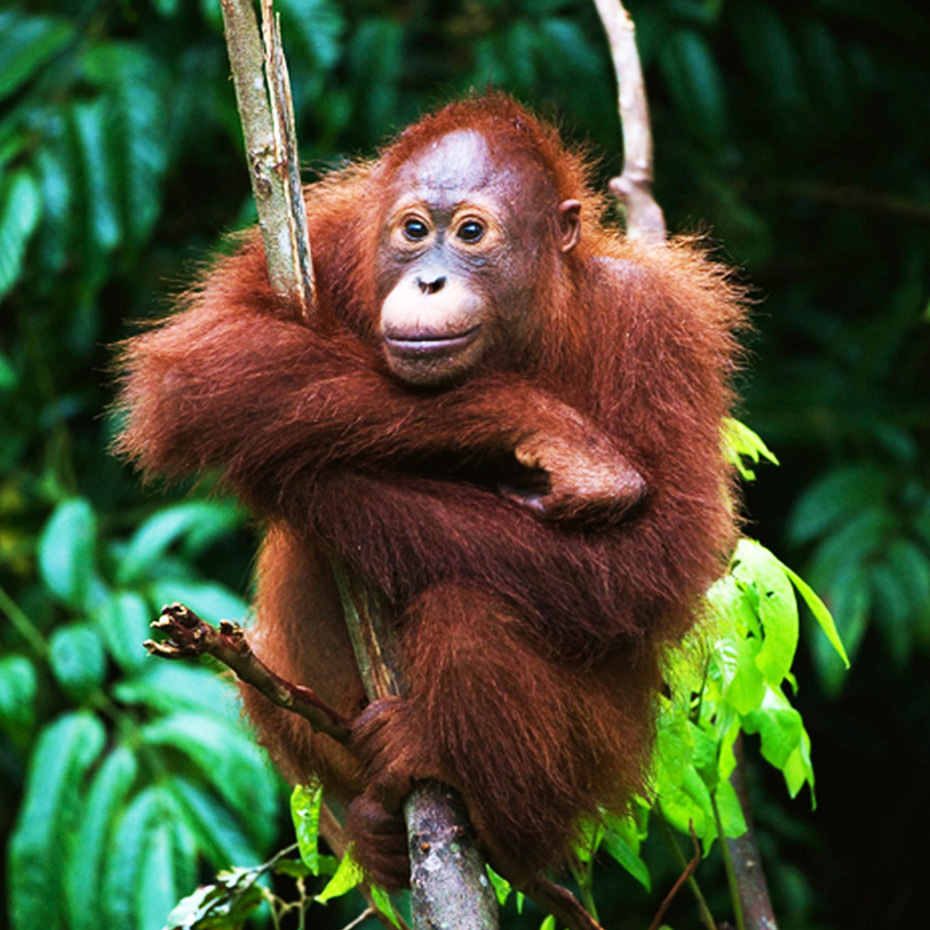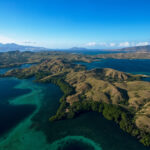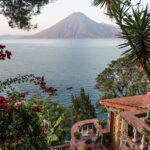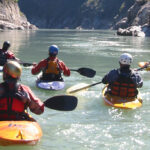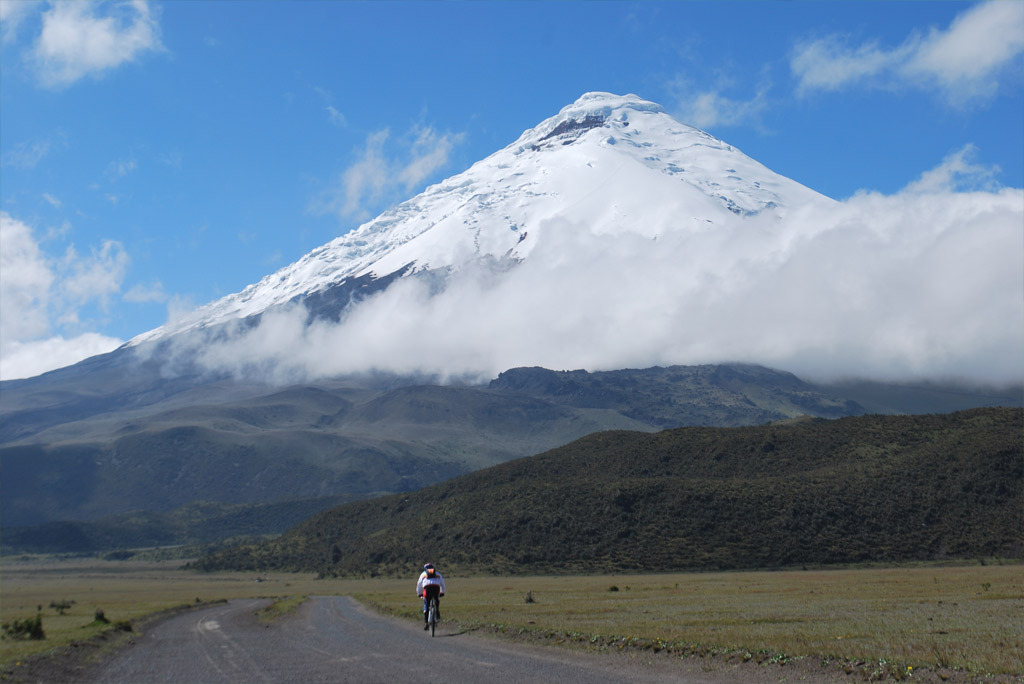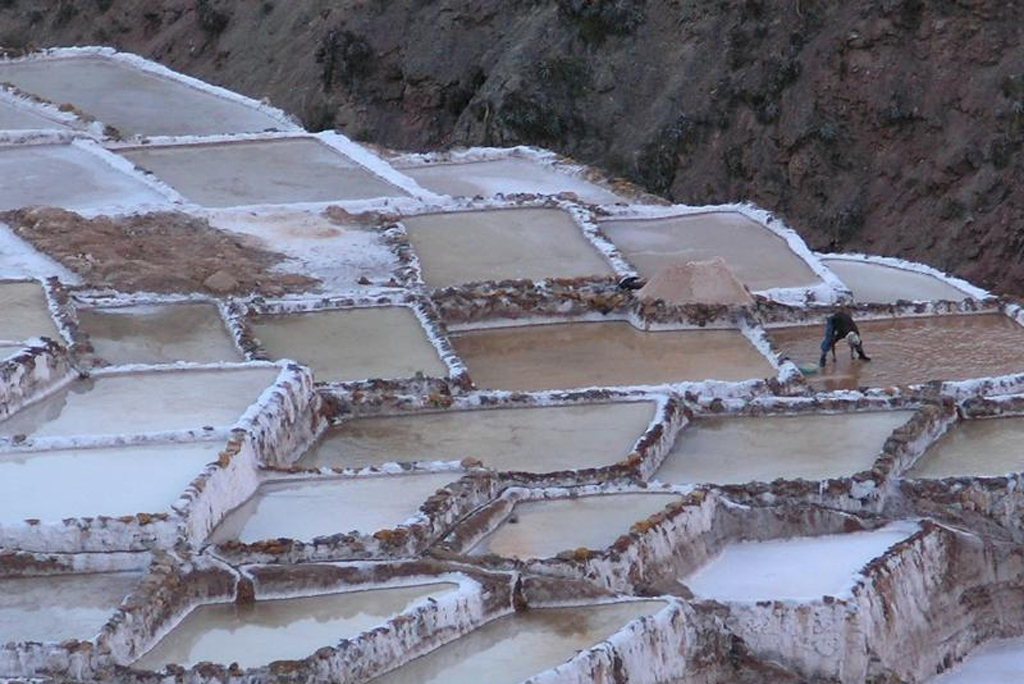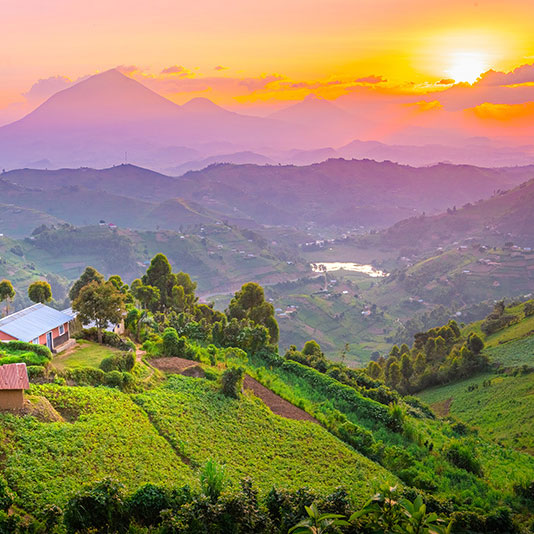This epic adventure follows some of Ecuador’s best hiking trails through national parks and nature reserves while you enjoy quality accommodations and authentic cuisine in colonial haciendas and rustic eco-lodges. Discover and extraordinary array of environments as you hike through vast landscapes full of wildlife and wonder, experiencing seven ecosystems in seven days. Learn about the rich history and culture of Ecuador’s indigenous tribes during fascinating Kichwa community visits. Only in Ecuador you can experience this level of natural and cultural diversity while hiking world-class trails through unique, remote landscapes.
Ecuador – Epic Treks Of The Andes and Amazon
 1 - 7 Days
1 - 7 Days
TYPOLOGIES
Trekking
DIFFICULTY
Medium
MIN. AGE
12 Years
£ 1995
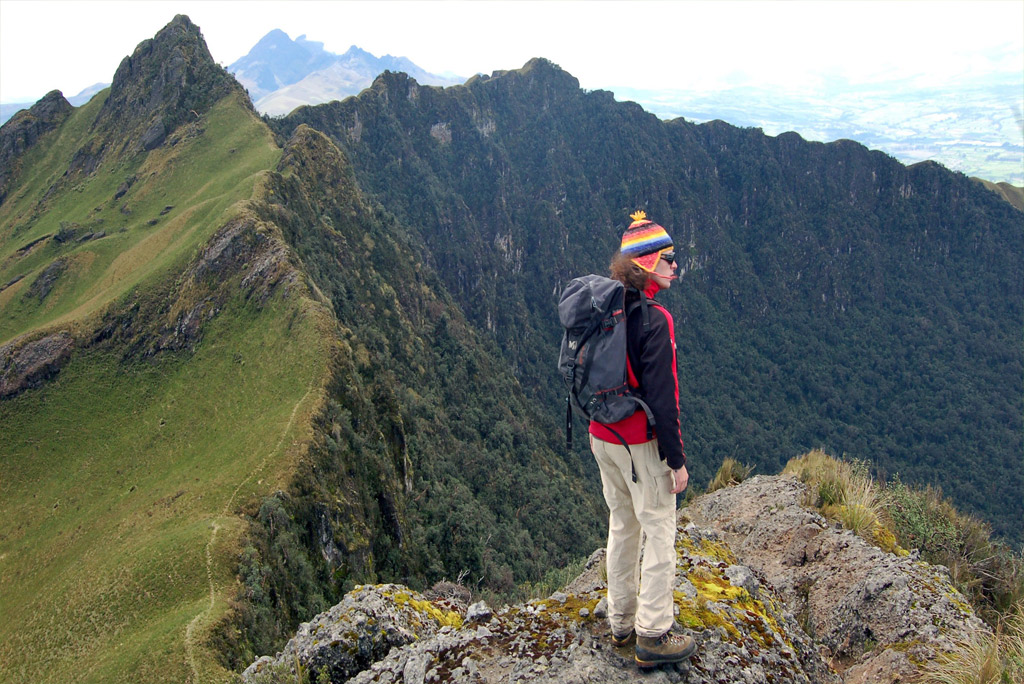
An Epic Adventure
Price £1,995 / $2,450
Price based on 4 people travelling - supplement applies if less than 4.
Excludes International Flights.
Tailormade Departures
Speak to our travel designers - All of our trips can
be designed to suit you and your dates of travel.
Day by Day
Our adventure starts with heading north out of Quito. After a quick stop at the equatorial monument we continue north until we reach Volcan Pululahua, an extinct volcano surrounded by a geobotanical reserve. Pululahua’s crater is directly crossed by Latitude 0°. As we hike into the reserve and toward the crater, we pass through a series of unique ecosystems, including montane cloud forest, myrtle forest and dry acacia forest. This reserve is also home to a huge number of bird species including hummingbirds, mountain tanagers, eagles and hawks. After arriving at the crater, we continue on toward Rio Blanco where we cross the river to find an otherworldly landscape called Infiernillo (Little Hell), an arid patch of sulfur deposits within a dry forest. After our hike, we drive to the beautiful, historic Hacienda Pinsaqui, where we enjoy a delicious meal and deluxe accommodations to finish the day.
This morning we drive to Cuicocha, a crater lake collected in a secondary caldera of the extinct Cotacachi Volcano. Cuicocha translates as ‘lake of the guinea pigs’, named after the shape of its two central islets. The lake and surrounding slopes are protected as a nature reserve. At around 3,000 meters, Cuicocha’s ecosystem is a combination of two ecosystems. Our path circumvents the crater rim, revealing stunning views of thelake and the volcanoes Cotacachi, Mojanda and Imbabura. We keep our eyes open for native wildlife and if we are lucky we might even catch a glimpse of the rare Andean Condor. After lunch, we stop to visit Cotacachi’s leather market and Otavalo’s famous indigenous handicraft market. In the late afternoon, we head back to Hacienda Pinsaqui for another gourmet dinner and relaxing evening.
Today we drive east through the inter-Andean valley, gaining elevation as we climb into the heights of Ecuador’s eastern Andes. At 4,100 meters, we reach the continental divide, a high pass that separates the Pacific and Atlantic watersheds. We begin our hike through the Cayambe-Coca nature reserve, home to some of the best highland paramo scenery in the country. This humid area is part of the largest hydrological system in the world, and features one of the highest concentrations of lakes in the Andean range. The high altitude and humidity of the paramo create a very unique ecosystem with a host of endemic species. We hike mostly downhill, heading toward the Amazon lowlands on the other side of the eastern Andes. As we walk, we seek out three native deer species and the elusive spectacled bear, and of course we continue our search for the Andean Condor! Our hike ends in Termas de Papallacta Spa & Resort, where we spend the evening relaxing in the mineral-rich, curative waters of the local natural hot springs. The highly recommended spa treatments are booked separately.
After breakfast at Termas de Papallacta, we drive along a scenic road that descends further into the Amazon basin until we reach Sumaco National Park. The local ecosystem is montane cloud forest, where many species from the jungle and the highlands coexist, in addition to endemic mammals, birds and insects. We will see cock of the rocks, toucans, macaws, monkeys, and more. As we descend along a remote trail through dense vegetation, we can observe the gradual change from cloud forest to rainforest. We continue to descend until reaching a good spot for a healthy picnic lunch. In the afternoon, we continue by vehicle to Archidona to visit an indigenous community, where we learn about the Kichwa culture and jungle life. After our visit, we head to Cotococha Lodge. After a delightful dinner, we prepare our flashlights for a jungle night walk in the nature reserve next to our lodge.
This is our most relaxed hike, with plenty of time to enjoy the jungle wildlife at an easy pace and recover at a lower altitude. The forest displays a great variety of trees like balsa, cedar, rubber and cinnamon. As we hike, our guide identifies countless species of orchids, vines, ferns, insects, and reptiles, teaching us the traditional ways indigenous tribes use many of these plants. After lunch, we drive south and start climbing back into the Andes through the Pastaza River Gorge. This scenic route, with rocky cliffs in a deep cloud forest canyon, is known for its many waterfalls. We stop to admire some of the largest, including Pailon del Diablo (Devil’s Cauldron) and Manto de la Novia (Bride’s Veil). We pass through Baños, an attractive subtropical town set on the slopes of the very active Volcan Tungurahua, and enjoy some fantastic views of Tungurahua before arriving to an Andean Hacienda, where we will spend the night.
The Llanganates mountain range has a long history of mystical events and legends. To this day, it is one of the few places in the world that remains largely unexplored and uncharted. Locals relive stories of failing compasses and disappearances, and the most famous legend tells how Inca general Rumiñahui hid a vast fortune of gold in one of the range’s lakes. The Llanganates is protected as a vast, 220,000 hectare national park, it covers four provinces and the altitude in the park varies between 4,500 and 1,200 meters.
Our hike starts around 3,500 meters and takes us through cloud forest, Andean forest, and paramo ecosystems. This picturesque and remote trail gives us the chance to enjoy great views of the surrounding volcanoes and spot an abundance of hummingbirds, mountain tanagers, and deer. We continue our hike to Laguna San Borja seeking for the elusive spectacled bear, looking up for evidence of its presence, following its prints and traces. If we are very lucky we may see one! In the afternoon we continue the journey through the avenue of the Volcanoes to the Cotopaxi area for dinner and overnight at an Andean Hacienda.
Cotopaxi Volcano, with its symmetrical, glaciated cone and imposing presence, is one of Ecuador’s most enduring images. The wild paramo that surrounds this 5,897 meter giant is designated as Cotopaxi National Park, and is a spectacular place to hike while searching for highland wildlife and admiring incredible volcanic scenery. We begin our adventure on the slopes of Volcan Rumiñahui, where we get stunning views of Cotopaxi rising over 2,000 meters above the high plain. As we hike, we spot hares, foxes, falcons, deer, and with luck, condors flying overhead. We descend the slopes of Rumiñahui all the way to Limpiopungo Glacier Lake, home to scores of aquatic birds. It is common to see gulls, ducks, teals, lapwings, shore birds, and even the occasional high-altitude flamingo on the banks of Limpiopungo. After stopping for lunch at a local hacienda, we return to Quito to rest and celebrate an Epic Adventure!
Gallery
Submit your review | |

